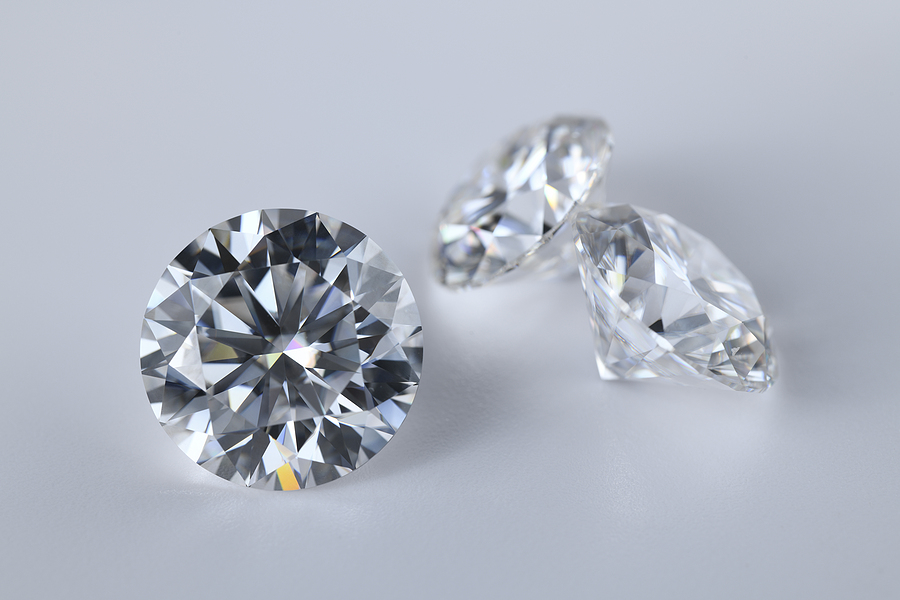There is no globally approved grading standard for gemstones. The Gemological Institute of America designed a method for grading diamonds in the early 19th century. Previously, all diamonds were graded solely by sight. The use of a magnification value of 10x as the threshold for judging clarity was a key advance in the GIA method. Other jewels are still evaluated by looking at them.
The four Criteria namely clarity, color, carats, and cut have been established as a mnemonic method to help describe the factors that are used in grading a gemstone. These classifications, with a little tweaking, can help you grasp the grading of all diamonds. Based on whether the "four Cs" are used in colored or colorless diamonds, they are given varying weights. The cut is the most important factor in determining the value of a diamond, followed by clarity and color.
The perfectly cut gemstone will dazzle, allowing light to be broken down into its component rainbow hues (dispersion), chopped up into dazzling small particles (scintillation), and delivered to the eye (brilliance). A gemstone will not accomplish any of these things in its raw crystalline state; it requires correct shaping, which is referred to as "cut." The beauty and purity of the color is the key predictor of quality in colored diamonds, especially colored diamonds.
Some of the physical properties that make a colorful stone desirable are clarity, color, cut, and peculiar optical effects inside the gemstone such as coloring zoning and Asteria. For example, the ancient Greeks viewed Asteria jewels as powerful love charms and an ancient celebrity, named Helen of Troy was rumored to have put on star-corundum.
Apart from rubies, emeralds, diamonds, pearls, opals, and sapphires have all been referred to as valuable stones. Amethyst had been referred to as a precious stone from historical Greece until the discovery of a large deposit of amethyst in Brazil. Gemstone’s stone such as cat's eye, aquamarine, and peridot have been famous and considered valuable since the nineteenth century.
The industry of gemstone no longer distinguishes between the two. Based on the brand name of the designer, market supply, fashion trends, and some other factors, a lot of gemstones are utilized in most of the jewelry that is costly.
On the other hand, rubies, emeralds, sapphires, and diamonds have a good name that far overweighs the remaining gemstones. Clinohumite, Andalusite, red Beryl, axinite, and cassiterite are examples of unique or rare gemstones, which are typically believed to have those stones that occur irregularly in gemstone quality.
The price and worth of gemstones are determined by qualities and aspects in the quality of the stone. Some of these features are a rarity, desire, clarity, and detect-free status. Diamonds and gemstones each have their own set of pricing influences.
In conclusion
Colored stone prices are regulated by market demand and supply, but diamonds are mostly known to be complicated. The worth of a diamond can fluctuate, depending on its time, location, and also the evaluations of diamond dealers.
Gemstones are highly prized by proponents of energy medicine because of their supposed healing properties.



